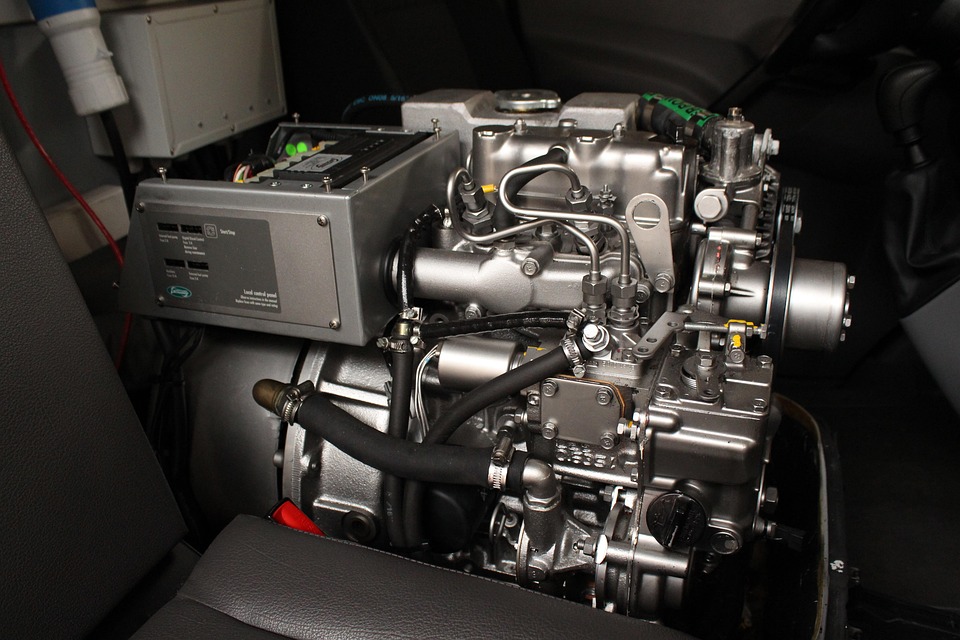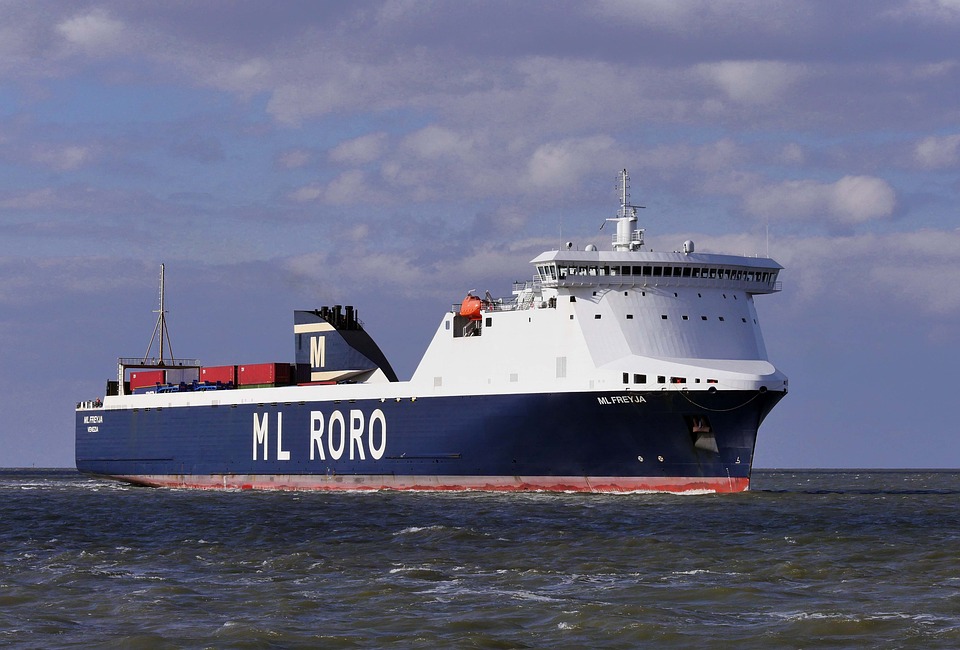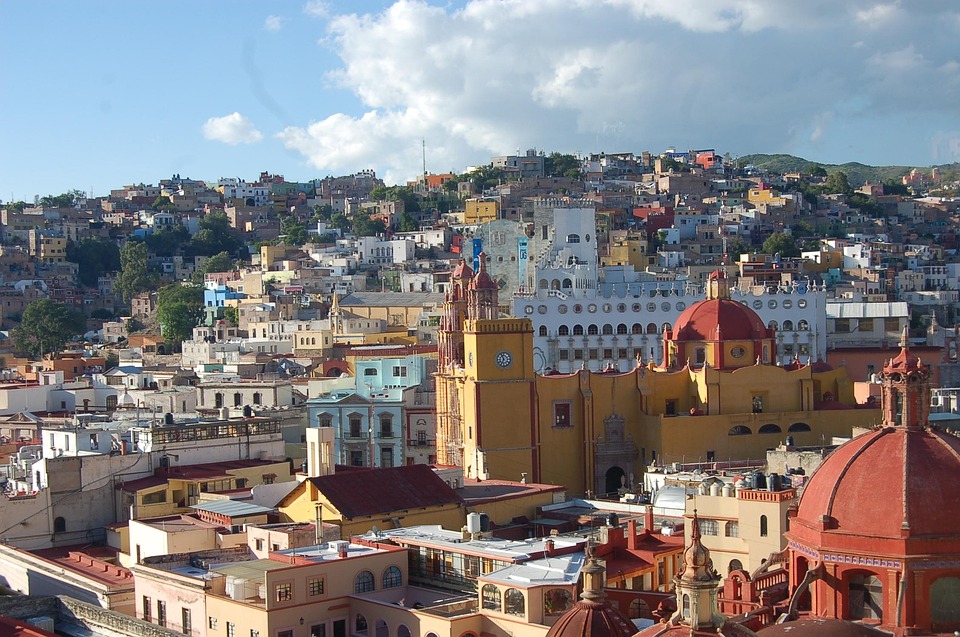In recent years, Chinese engines have shown strong momentum in the Mexican market. Demand for engines in Mexico has continued to grow, driven primarily by industrial expansion, agricultural modernization, and upgrades in the automotive industry chain. In 2023, Mexico’s GDP rose by 3.2%, industrial output increased by 3.5%, and construction surged by 15.6%, directly fueling demand for high-efficiency, energy-saving engines in construction machinery, agricultural equipment, and commercial vehicles.
Below is an analysis of the agency procedures, relevant documents, regulatory certifications, and other requirements for exporting Chinese engines to Mexico, along with how to expedite the customs clearance process:

輸出代理店フロー
- Choosing a foreign trade agent: Suitable for large-volume orders, requiring the engagement of a professional machinery and equipment exporter;
- Signing the contract: clearly specify FOB/CIF terms and agree on quality inspection standards (such as ISO 8528, etc.);
- Production & Stock Preparation: Complete material inspection and packaging in accordance with Mexican standards;
- Logistics Options: Ocean freight—Shanghai/Ningbo to Manzanillo Port (25–30 days), full-container rate approx. $4,000/40HQ; Air freight—available for urgent orders, rate 5–8× ocean freight.
- Customs clearance & delivery: Mexico customs pre-declaration + local logistics delivery.
Document List
1. Basic Documents
- Commercial Invoice (indicating engine model, power rating, and emission standard);
- Packing list (broken down by component, with weight and dimensions indicated);
- Bill of Lading (the consignee must provide the Mexican tax ID, RFC).
2. Compliance Documents
- Certificate of Origin CO (issued by CCPIT or Customs);
- Power of Attorney (POA) (Apostilled);
- Test report (e.g., emission test report under Euro V / China V standards).
3. Attachments
- If technology transfer is involved, a patent certificate or technology agreement must be provided;
- After-Sales Service Commitment Letter (clearly defining repair response timeframes and spare parts supply arrangements).
4. Special Files
- Import License: Certain engines require a permit from Mexico’s Secretariat of Economy (SE);
- Dangerous Goods Transport Certificate: Required for engines equipped with a fuel system.

Regulations and Certification Requirements
1. Mandatory Certification
NOM Certification:
- NOM-001-SCFI: Electrical Safety;
- NOM-042-SEMARNAT: Emission Standards (equivalent to EPA Tier 4);
- NOM-016-ENER: Energy Efficiency Label
認(rèn)証フロー: Submit technical documents → prototype testing → factory audit → certification (3–6 months cycle).
2. Voluntary Certification
- 9001 認(rèn)証: Quality management system certification to enhance customer trust;
- 14001 認(rèn)証: Environmental Management System Certification, compliant with Mexican environmental regulations.
3. Localization Requirements
- Spanish label: The operation manual and safety warnings must be provided in Spanish;
- After-sales service: A maintenance site must be established in Mexico or a local service provider must be commissioned.

包裝と表示要件
1. Packaging Specifications
- Shockproof and waterproof: The wooden crate is lined with EPE foam and wrapped externally with waterproof film;
- eco-friendly materials: Prioritize the use of FSC-certified wood;
- Uniform specifications: Single-box weight ≤30 kg (meets Mexico’s manual handling standards).
2. Identification Content
Mandatory label:
- Country of Origin Marking ("Made in China");
- Technical parameters (power, voltage, emission level);
- Safety warnings (e.g., “High Voltage—Danger,” “Installation by Qualified Personnel Only”).
Certification Mark: Certification labels such as NOM and ISO must be clearly visible.
Quick Clear Strategy
1. Advance Pre-Review and Electronic Declaration
Upload electronic documents through Mexico’s Customs SIA system, ensuring the HS code and CO number match the actual goods. It is recommended to entrust an agent to perform a “manifest pre-declaration” to avoid cargo detention caused by information discrepancies.
2. Logistics Route Optimization
- 配送: Shanghai/Ningbo to Manzanillo Port (25–30 days), FCL freight approx. $4,500/40HQ;
- Railway intermodal transport: Shorten inland transit time and reduce logistics costs via the Central American Corridor.
3. Localization Service Layout
- Establish bonded warehouses in Mexico to stock commonly used spare parts and shorten after-sales response times;
- Partner with the local service network to provide 24-hour technical support and boost customer stickiness.
4. Risk Warning
- Mexico plans to implement new emission regulations in 2024, requiring engines to comply with Euro VI standards;
- The risk of the United States imposing additional tariffs on Mexico needs to be closely monitored.
結(jié)論
China's engine exports to Mexico are entering a strategic window of opportunity. By streamlining agency processes, strengthening certification management, and refining logistics networks, relevant companies are poised to open up broader markets in Mexico and enhance the international competitiveness of their products.
Finally, if you need any further support from us in export trade, please feel free to contact us at any time!


 カスタマーサービスWeChatをフォローしてください
カスタマーサービスWeChatをフォローしてください